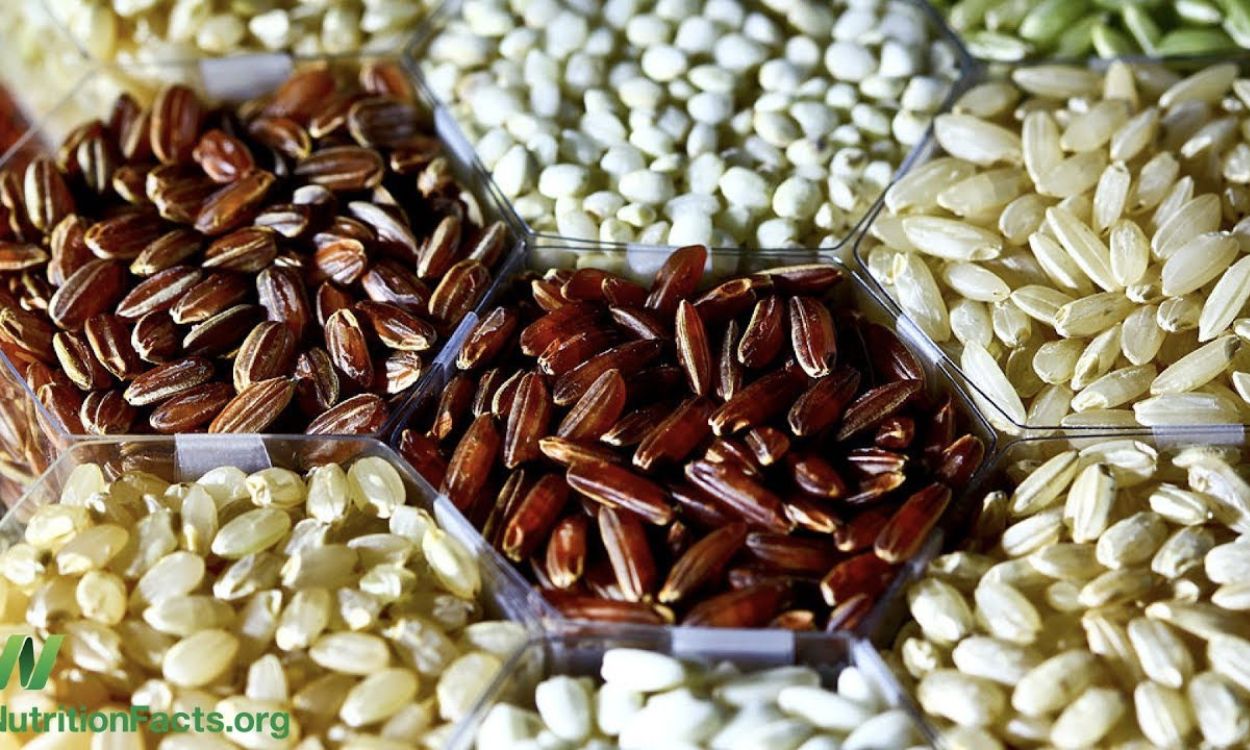Rice and Arsenic Contamination: Understanding the Risks and Safety Measures
Rice is a staple food for millions of people in India. It is a versatile grain that can be used in a variety of dishes, from biryanis to idlis. However, there is a growing concern about the presence of arsenic in rice and its potential health risks. In this article, we will explore the issue of rice and arsenic contamination, the risks associated with it, and the safety measures that can be taken to minimize exposure.
What is Arsenic?
Arsenic is a naturally occurring element that is found in soil, water, and air. It is a toxic substance that can cause a range of health problems, from skin lesions to cancer. Arsenic can enter the food chain through contaminated water, soil, and air. Rice is particularly susceptible to arsenic contamination because it is grown in flooded fields, which can increase the uptake of arsenic from the soil.
The Risks of Arsenic Contamination in Rice
Long-term exposure to arsenic can have serious health consequences. Arsenic is a carcinogen, which means it can cause cancer. It has also been linked to skin lesions, cardiovascular disease, and developmental problems in children. The World Health Organization (WHO) has set a limit of 0.2 mg/kg for arsenic in rice, but many samples of rice in India have been found to exceed this limit.
Safety Measures to Minimize Exposure to Arsenic
There are several safety measures that can be taken to minimize exposure to arsenic in rice:
- Choose the right type of rice: Basmati rice from the Himalayan region has been found to have lower levels of arsenic compared to other varieties of rice. Brown rice also tends to have lower levels of arsenic compared to white rice.
- Rinse the rice thoroughly: Rinsing rice before cooking can help remove some of the arsenic. Soaking rice overnight can also help reduce the levels of arsenic.
- Cook rice in excess water: Cooking rice in excess water and then draining it can help remove some of the arsenic. The ratio of water to rice should be at least 6:1.
- Diversify your diet: Eating a variety of grains, such as wheat, millets, and quinoa, can help reduce exposure to arsenic.
- Test your water: If you are using well water for cooking, it is important to test it for arsenic. If the levels of arsenic are high, consider using an alternative source of water.
Conclusion
Rice is an important part of the Indian diet, but it is important to be aware of the risks associated with arsenic contamination. By choosing the right type of rice, rinsing it thoroughly, cooking it in excess water, diversifying your diet, and testing your water, you can minimize your exposure to arsenic. At Fitpaa, we believe that a healthy diet is essential for achieving your health and fitness goals. Download the Fitpaa app today to get personalized nutrition and fitness plans that are tailored to your needs and goals.











